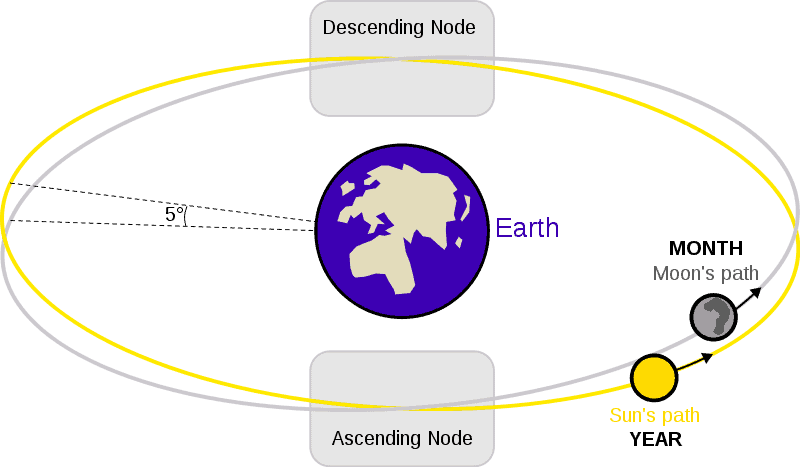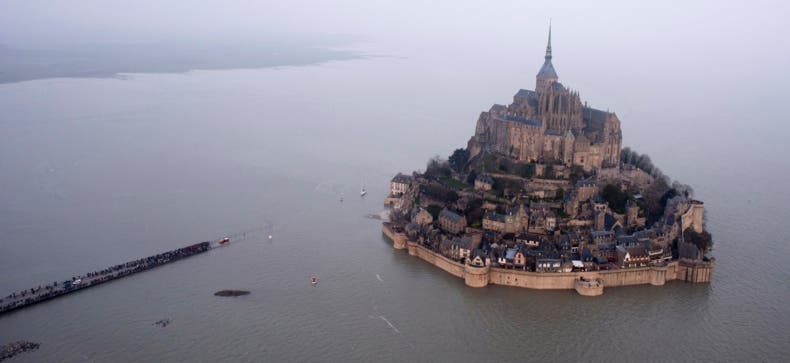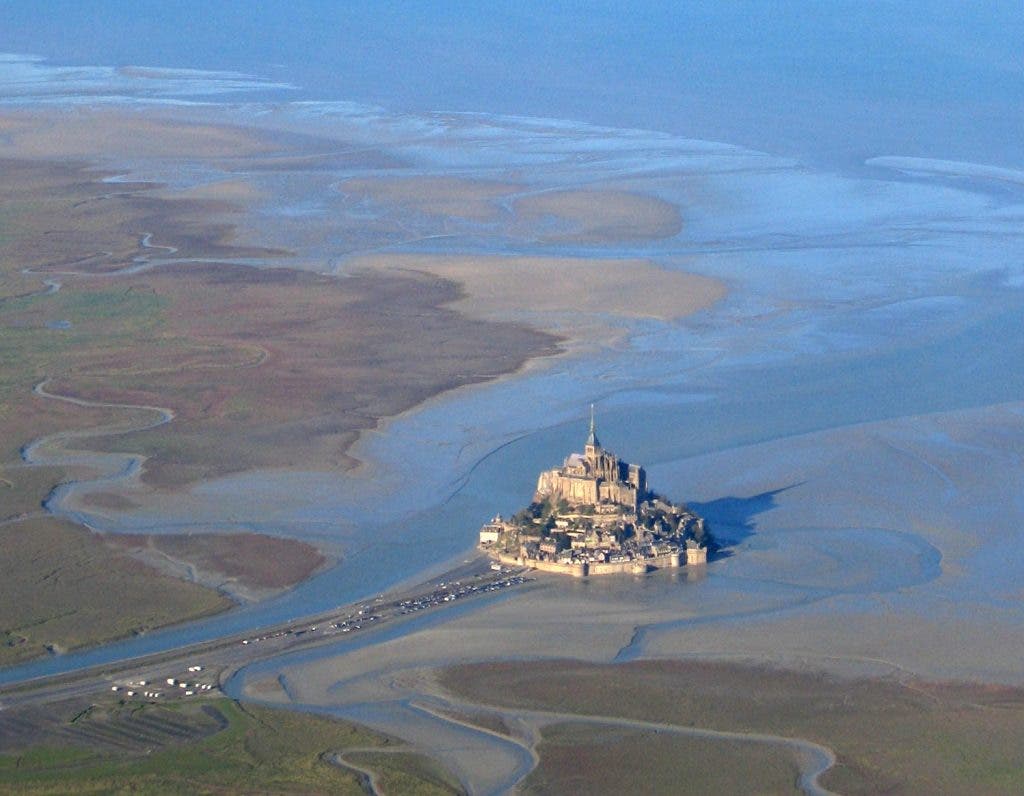A shocking image went viral a few days ago, with an 11th-century French abbey completely surrounded by water following a super tide. Naturally, many similar photos followed, and many “explanations” emerged, vaguely referencing the solar eclipse, something about gravitational cycles, and some even stated it was caused by the “tide of the century”, although the “tide of the century” comes by every 18 years. So let’s take a look at what actually happened.
Mont Saint Michel (Saint Michael’s Mountain) is a tidal island in Normandy, France. In prehistoric times, it was a part of the continent, but as the ice age faded away and sea levels rose, much of it was eroded or covered by water. Today, the Mont has a circumference of about 960 metres (3,150 ft), and is 92 metres (302 ft) above sea level at its highest point.
The island now hosts an abbey, which is a major touristic attraction, both for pilgrims and for people interested in the spectacular setting. In low tide, you can actually walk to the abbey, but in high tide, you can’t. In super high tides, water completely surrounds it – like was the case this March. So what caused the supertide? A strong clue here is the “March” that keeps popping up.
Tides are caused by the Moon’s attraction (and to a lesser extent, the Sun’s). When the sun and the Moon align properly, their gravitational attraction adds up, creating a stronger pull – the so-called spring tides, that occur not only in March, but also in September (around the spring and the autumn equinoxes). This year, the Sun and the Moon aligned particularly well – this is why we got the solar eclipse.
“If we see a solar eclipse there will be a spring tide,” Hal Needham, a climatologist at Louisiana State University, told me. “But if we see a spring tide it doesn’t mean we will see a solar eclipse.”
So this explains why we get strong tides in March, but there’s still something more – the 18 year cycle I mentioned above. This is a bit more complicated, and we have to understand so-called lunar nodes. The Moon exerts a stronger pull when it is in the same plane as the equator. But as the Moon revolves around the Earth, it doesn’t do so smoothly, but it also wobbles, in a precession type of movement. It takes the Moon 18.6 to complete a revolution and end in the same plane – in our case, the equatorial plane, where the pull is greatest. This is called a draconic or nodal period. It’s also important to note that weather can have a much stronger impact than these cycles – note Hurricane Sandy, for example.

The lunar nodes are the points where the moon’s path in the sky crosses the ecliptic, the sun’s path in the sky. Image via Wikipedia.
So to sum it up, every March or September we get very strong tides, and the effect is even stronger once every 18.6 years. This was visible not only in France, but in many other parts of the world, including the Bay of Fundy in Nova Scotia. But clearly, the most spectacular sight was this thousand year old abbey in France.











